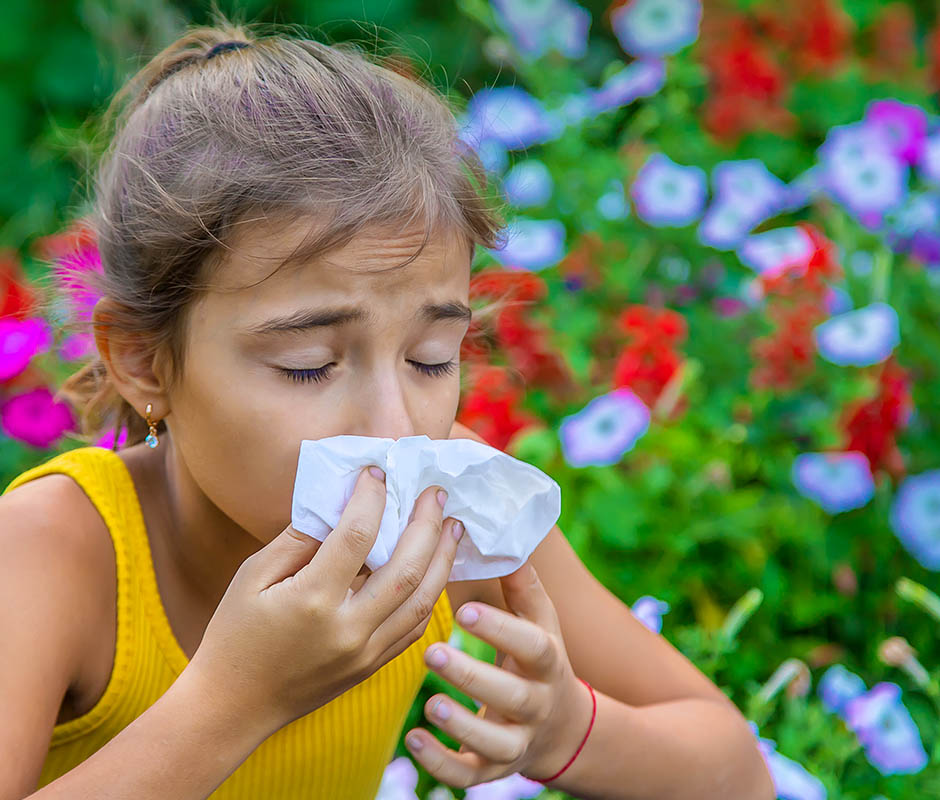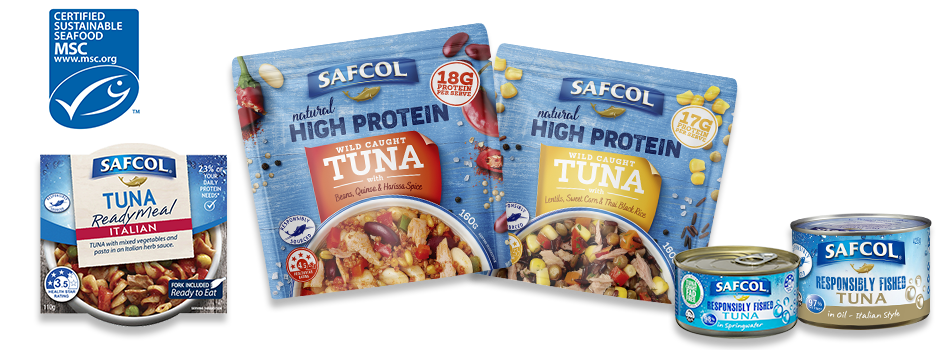New Insight: the Gut Microbiome and Allergies in Children
Posted on : December 7, 2022
by Ashleigh Feltham Accredited Practising Dietitian and Accredited Nutritionist
If you think the number of children and infants with food allergies is more common than a decade ago, you would be correct. The occurrence of allergies in children seen in infants and children is on the rise.
There are many factors that influence a child’s risk of developing allergies.
This includes genetics, natural or caesarean birth, use of antibiotics, the mother’s diet during pregnancy and that of the infant once solids are introduced. The type of microbes that make up a child’s gut microbiome may also play an important role in preventing and treating allergies.
 The number and variety of different types of microbes determine the gut microbiome. Some species are health-promoting types and some are bad for our health. There is a fine balance to what makes a healthy gut microbiome; a high amount of a healthy microbe type can also cause bad health. Everyone has a different gut microbiome, and it is as unique to you as your fingerprint.
The number and variety of different types of microbes determine the gut microbiome. Some species are health-promoting types and some are bad for our health. There is a fine balance to what makes a healthy gut microbiome; a high amount of a healthy microbe type can also cause bad health. Everyone has a different gut microbiome, and it is as unique to you as your fingerprint.
Diet largely determines the type of microbes present in the gut. When the microbes eat, they excrete short-chain fatty acids such as butyrate, which influence the function and health of your body. Microbes can also cause unfavourable signals depending on the source of fuel eaten. A diet that is high in saturated fats, animal-based foods and added sugar, and is low in plant-based foods causes disease-promoting microbes and an imbalance of microbes in the gut.
Studies suggest that consuming a diet that is high in fibre may promote a healthy gut lining and support your immune system to function optimally. Health-promoting microbes use fuel from prebiotic fibre, a type of undigestible fibre, as well as polyphenols found in plant foods. An important factor for an optimal balance of health-promoting microbes is the inclusion of a variety of plant-based foods. This includes wholegrains, nuts, seeds, legumes, vegetables and fruit. Aiming for 30 different plant foods each week provides a variety of different prebiotic fuel sources for a diverse range of health-promoting gut microbes.
Supporting a healthy gut microbiome is not only down to including enough of a variety of different plant foods. In addition, omega-3 fats are seen to have a positive effect on the gut microbiome. Omega-3 fats are an essential polyunsaturated fat. This means that your body cannot make it and must be sourced from the diet. Seafood is an especially good source of omega-3, found in fatty fish like salmon, herring, mackerel and sardines. Omega-3 fat, unlike saturated fat, has an anti-inflammatory effect on the body.
Around 70% of the immune system is found in the gut. This fact alone gives insight to the potential role of your gut microbiome in allergies. Research is ongoing, but it has been found that children with cow’s milk allergy, which was present at infancy but resolved by eight years of age, have a gut microbiome with higher levels of Clostridia and Firmicutes.
Another study investigated the different types of gut microbes present in 90 children with food or respiratory allergies compared to 30 children of the same age without allergies. Children were studied for 36 months with an assessment of food allergies tested at 12-month intervals. Researchers found that children with allergies had different types and numbers of gut microbes. Specifically, higher levels of Faecalibacterium prausnitzii, Ruminococcus gnavus and lower levels of Bifidobacterium longum, Bacteroides vulgatus, Bacteroides dorei, as well as groups of microbes that consume fibre.
Ruminococcus gnavus has a lower ability to consume fibre and has pro-inflammatory properties. This strain of microbe is predicted to be a major player in causing allergic reactions in children, although further research is needed.
Take home message
There are many factors that influence a child’s risk of developing an allergy. The gut microbiome may be one important component to consider and maybe a future strategy to prevent and treat allergies in children.

References:
- De Filippis, F., Paparo, L., Nocerino, R. et al. Specific gut microbiome signatures and the associated pro-inflamatory functions are linked to pediatric allergy and acquisition of immune tolerance. Nat Commun 12, 5958 (2021).
- Bunyavanich, S., Shen, N., Grishin, A., Wood, R., Burks, W., Dawson, P., Jones, S. M., Leung, D., Sampson, H., Sicherer, S., & Clemente, J. C. (2016). Early-life gut microbiome composition and milk allergy resolution. The Journal of allergy and clinical immunology, 138(4), 1122–1130.
- Loh, W. & Tang, M. L. K. The epidemiology of food allergy in the global context. Int J. Environ. Res. Public Health 15, 2043 (2018).
- Yu, W., Freeland, D., & Nadeau, K. C. (2016). Food allergy: immune mechanisms, diagnosis and immunotherapy. Nature reviews. Immunology, 16(12), 751–765.
- Smith PM, Howitt MR, Panikov N, Michaud M, Gallini CA, Bohlooly-Y M, Glickman JN, Garrett WS. The microbial metabolites, short-chain fatty acids, regulate colonic Treg cell homeostasis. Science. 2013 Aug 2;341(6145):569-73. doi: 10.1126/science.1241165. Epub 2013 Jul 4. PMID: 23828891; PMCID: PMC3807819.
- Paparo L, Nocerino R, Ciaglia E, Di Scala C, De Caro C, Russo R, Trinchese G, Aitoro R, Amoroso A, Bruno C, Di Costanzo M, Passariello A, Messina F, Agangi A, Napolitano M, Voto L, Gatta GD, Pisapia L, Montella F, Mollica MP, Calignano A, Puca A, Berni Canani R. Butyrate as a bioactive human milk protective component against food allergy. Allergy. 2021 May;76(5):1398-1415. doi: 10.1111/all.14625. Epub 2020 Nov 16. PMID: 33043467; PMCID: PMC8247419.



